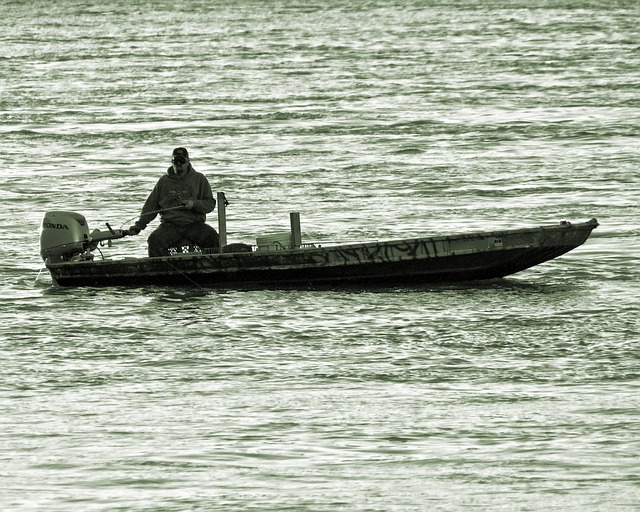Catching a diverse range of species is possible through bottom fishing. It is also a fun and challenging technique to try. It would be best to have a hook, line, and bait in its simplest form. But many other factors can make or break a successful bottom fishing experience.
Light Tackle
Bottom fishing can target various fish species that are enjoyable to catch and have great flavor. It is also a challenging and rewarding technique that can be practiced by any angler, regardless of skill level. When fishing light tackle, the sensitivity of your rod and thin diameter line enables you to flick small lures or baits long distances that would be impossible on heavier gear. The small size of your bait and line also improves its invisibility to spooked fish. Technical errors are not the leading cause of many mistakes made when fishing light tackle; instead, it is a need for mental discipline. Not backing off a running fish, not extending the outfit enough to neutralize sudden drag surges as a fish runs, and putting excessive pressure on a hooked fish are all common mistakes that result in light-tackle losses. It would help if you practiced using your gear before heading out on a trip to avoid these errors. Hiring light tackle fishing services Jacksonville Beach FL, maximizes your time and delivers a top-notch experience that can be economical and practical.
Bait
Whether freshwater or saltwater, the fish you can catch bottom fishing is almost endless, from tasty Panfish and Flounder in freshwater to legendary predators like Grouper and Tilefish offshore. This technique gives anglers access to species they wouldn’t have seen by using other methods. In its simplest form, a bait, a line, and a hook are all you need to get started. Then, you can add weight to drop the appeal closer to the bottom or even swivels and other terminal tackles to improve the performance of your rig.
Depending on where you’re fishing, the size of your sinker may need to be adjusted as you try to strike that perfect balance between a heavy enough weight to hold your line but not so much that it snags the bottom. Remember, your strings are bound to get bumped and bruised when you’re bottom fishing, so use abrasion-resistant lines. It will help you to avoid break-offs and other issues.
Getting Down
Getting down is taking your bait and putting it close to the bottom, where you can expect to get a bite from species that reside there. It can be done off piers, docks, the surf, or boats and offers endless possibilities.
Hooking Up
In the case of bottom fishing, fish live near rocky structures and wrecks, so placing bait on the bottom can be an effective way to attract them. The most common rig for this is the Carolina or drop rig. These rigs are typically fished while either drifting or anchored, and in both cases, you will want to keep your sinker within a few feet of the bottom. It prevents hang-ups with the structure you are fishing over. It is also a good idea to lift your rig a few feet occasionally. It will allow the bait to move more naturally and catch the attention of predators passing by. It can also help to avoid tangles with nearby natural or artificial structures. It is essential when fishing over reefs or wrecks, as these structures can cause line tangles with your sinker, which can be challenging to break free from.


